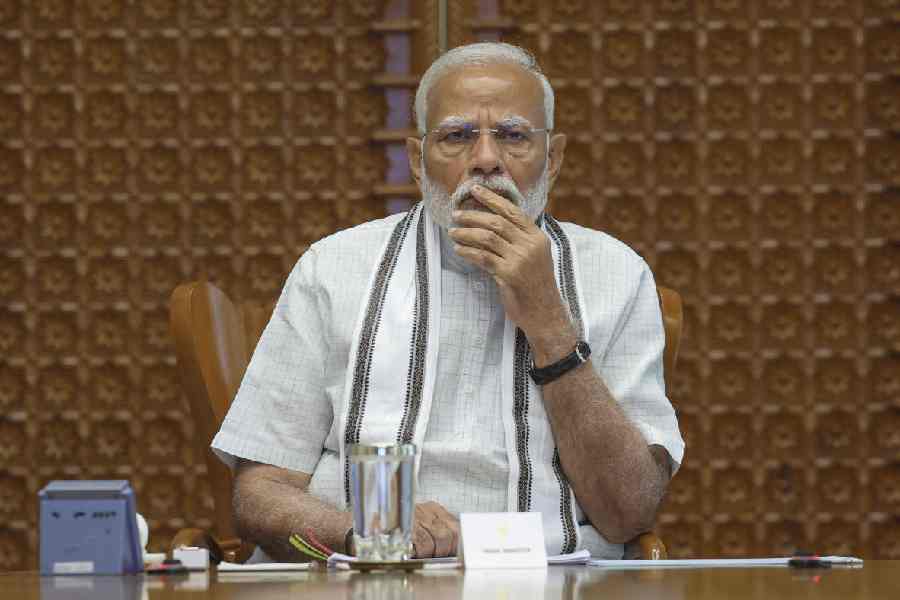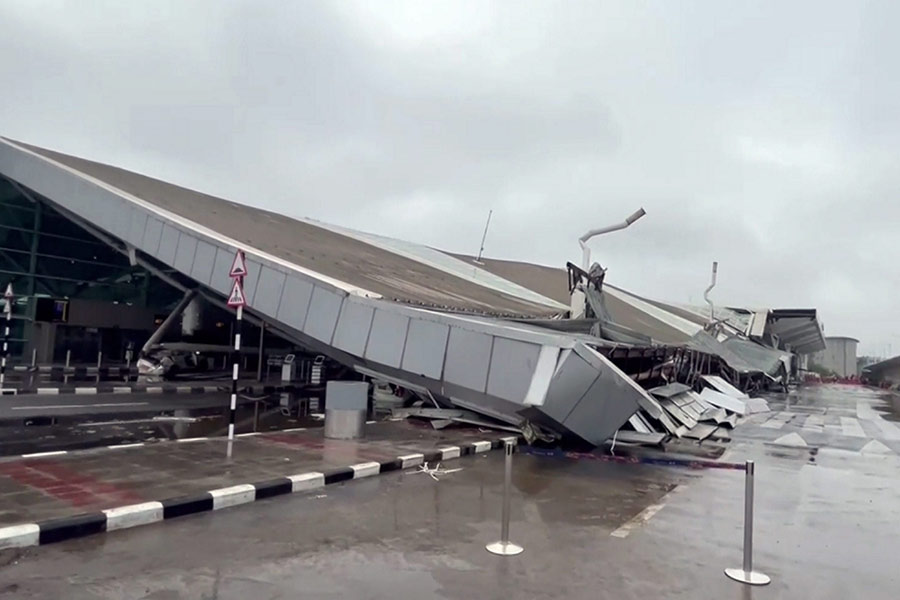A roof collapse at New Delhi's main airport highlights Prime Minister Narendra Modi's challenges to make India a global aviation hub and raises questions about the rapid pace of infrastructure development in India.
A part of the roof and pillars outside the departure area of Delhi's domestic T1 terminal, one of the nation's busiest, collapsed after heavier than average rainfall, killing one person, crushing cars and leading to indefinite suspension of operations.
The collapse joins a growing list of incidents involving infrastructure over the past year that has prompted questions from opposition party politicians and experts about the risks of lax regulation and the fast pace at which projects are completed.
"Quality should not be compromised to chase speed," said Ameya Joshi, an independent aviation analyst. He also called for mechanisms to audit existing infrastructure, pointing out that the Delhi roof which collapsed was an older structure.
Modi has for years bet big on infrastructure development.
The Indian government, along with private companies, wants to spend $12 billion building new airports and expanding existing ones as it seeks make air travel as accessible and affordable as the country's vast rail network.
This is part of Modi's broader, $1 trillion infrastructure push across the country which has been the cornerstone of his pitch to boost India's economy and increase jobs.
Modi's plans include making India a rival to big aviation hubs like Dubai and Singapore.
Since Modi came to power in 2014, India's operational airports have nearly doubled to 140 and the government plans to increase this to 220 before the end of the decade.
A video titled "Revolutionizing Airports" posted by Modi on his YouTube account earlier this year explained that an upgrade of Delhi T1 had cost $553 million, though the roof that collapsed was not part of it. The video also said how many more new terminals, like one in Jabalpur in central India, have been built.











